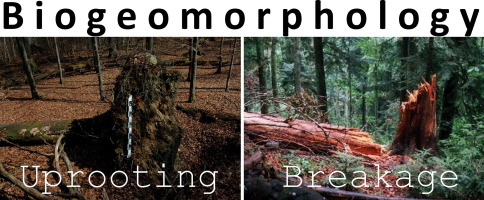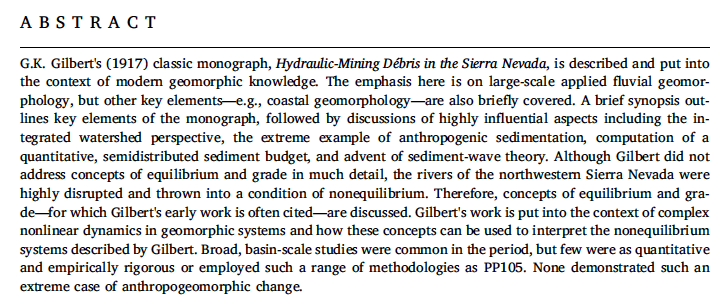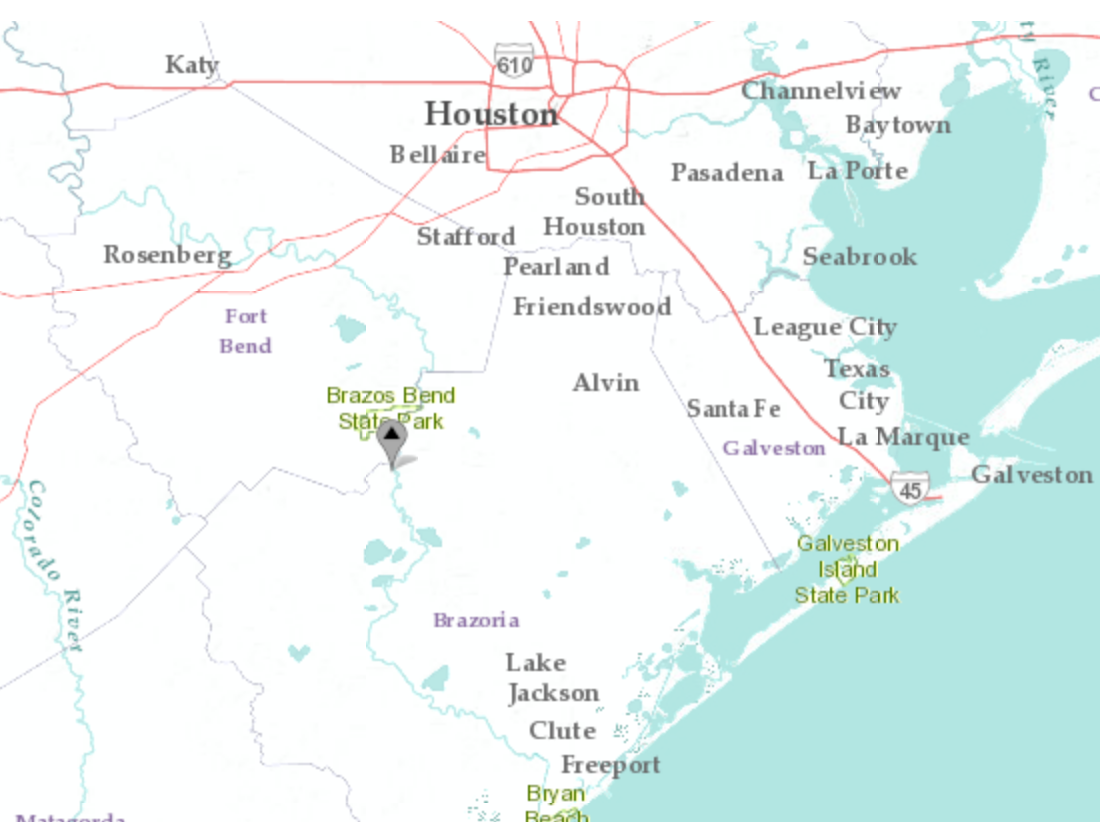THE GEOMORPHOLOGICAL NICHE OF TREES
In a 2009 article I introduced the concept of a geomorphological niche, defined as the resources available to drive or support a particular geomorphic process (the concept has not caught on). The niche is defined in terms of a landscape evolution space (LES), given by
![]()
where H is height above a base level, rho is the density of the geological parent material, g is the gravity constant, and A is surface area. The k’s are factors representing the inputs of solar energy and precipitation, and Pg represents the geomorphically significant proportion of biological productivity (see this for the background and justification).








